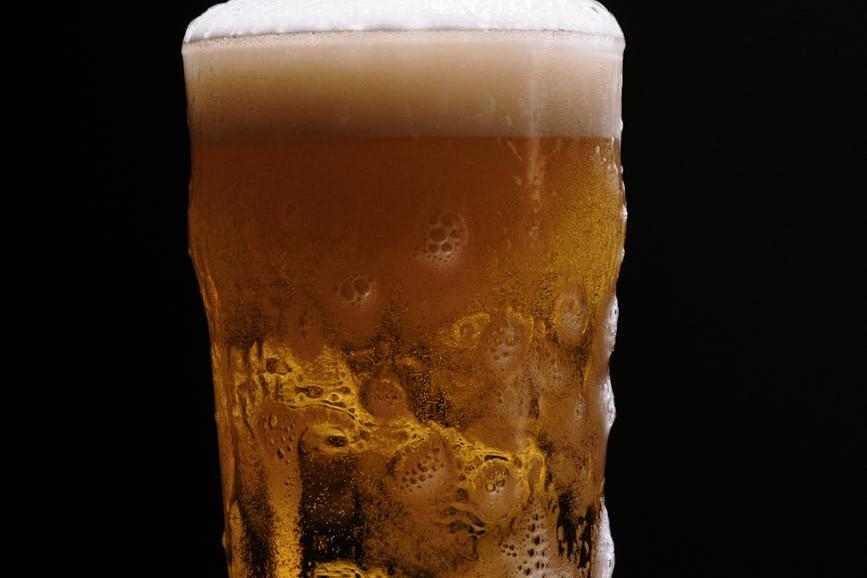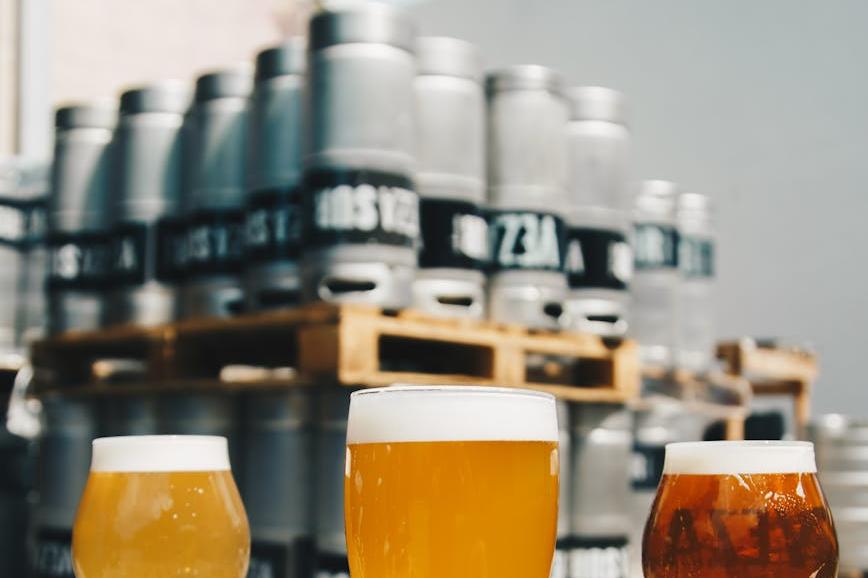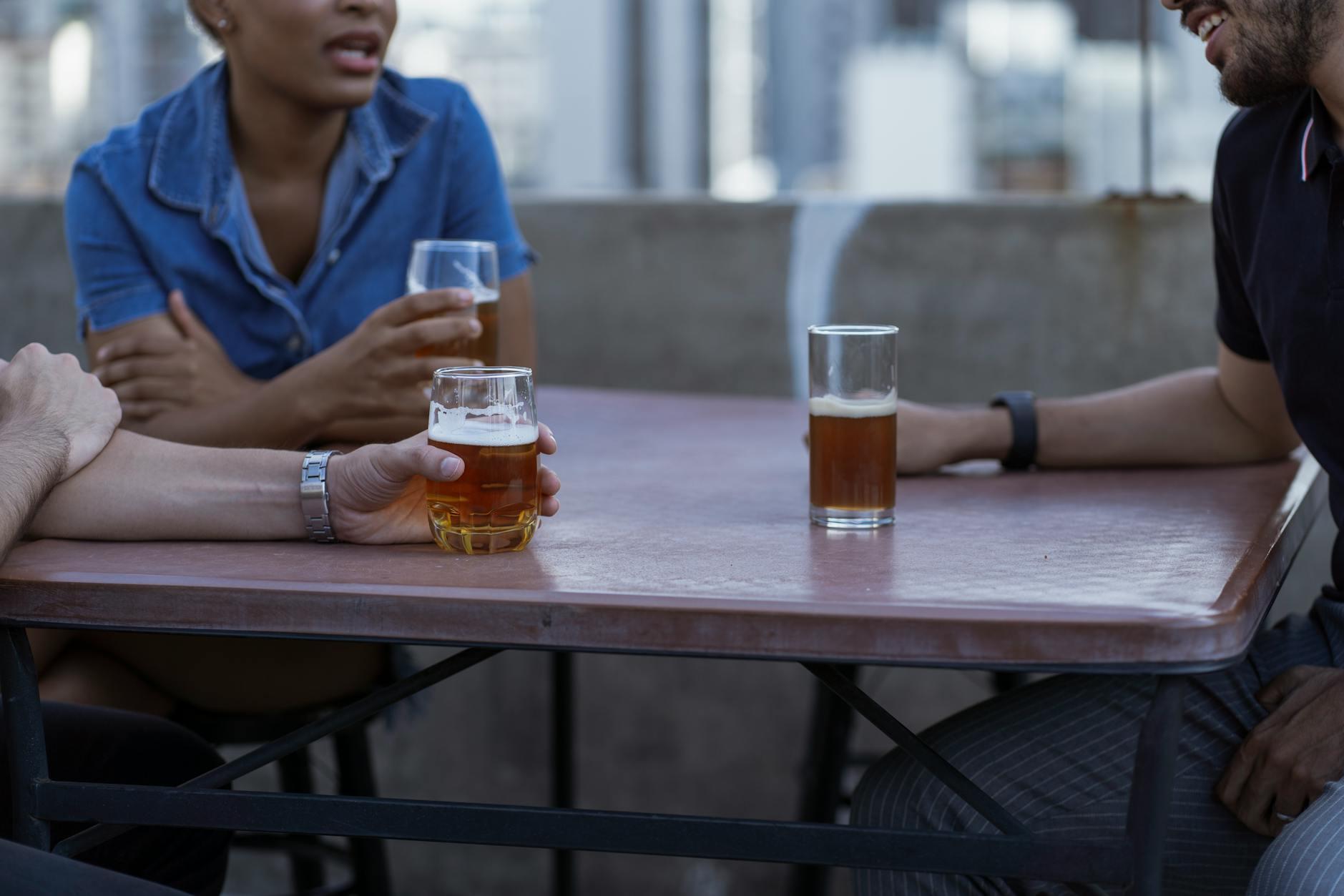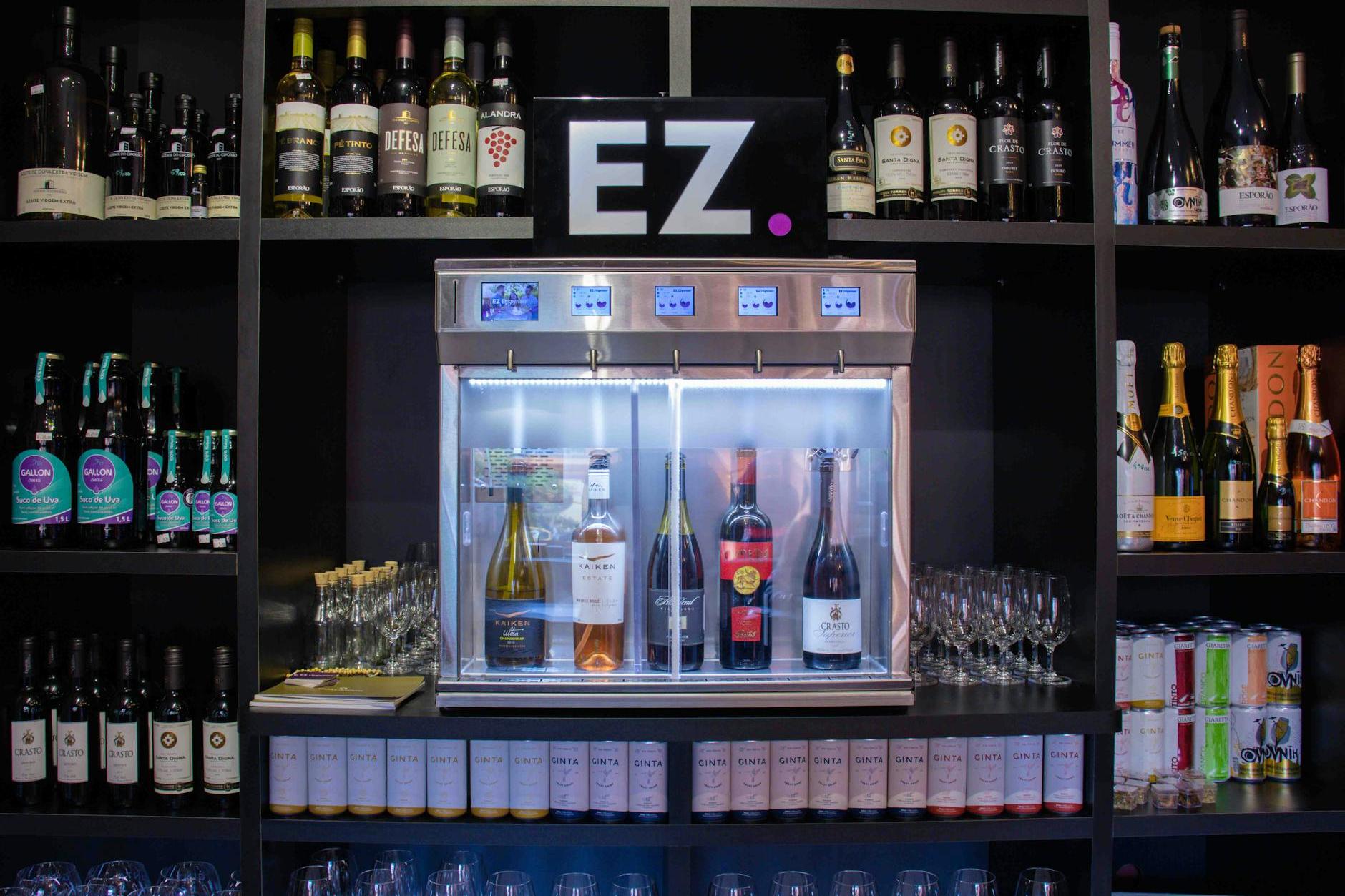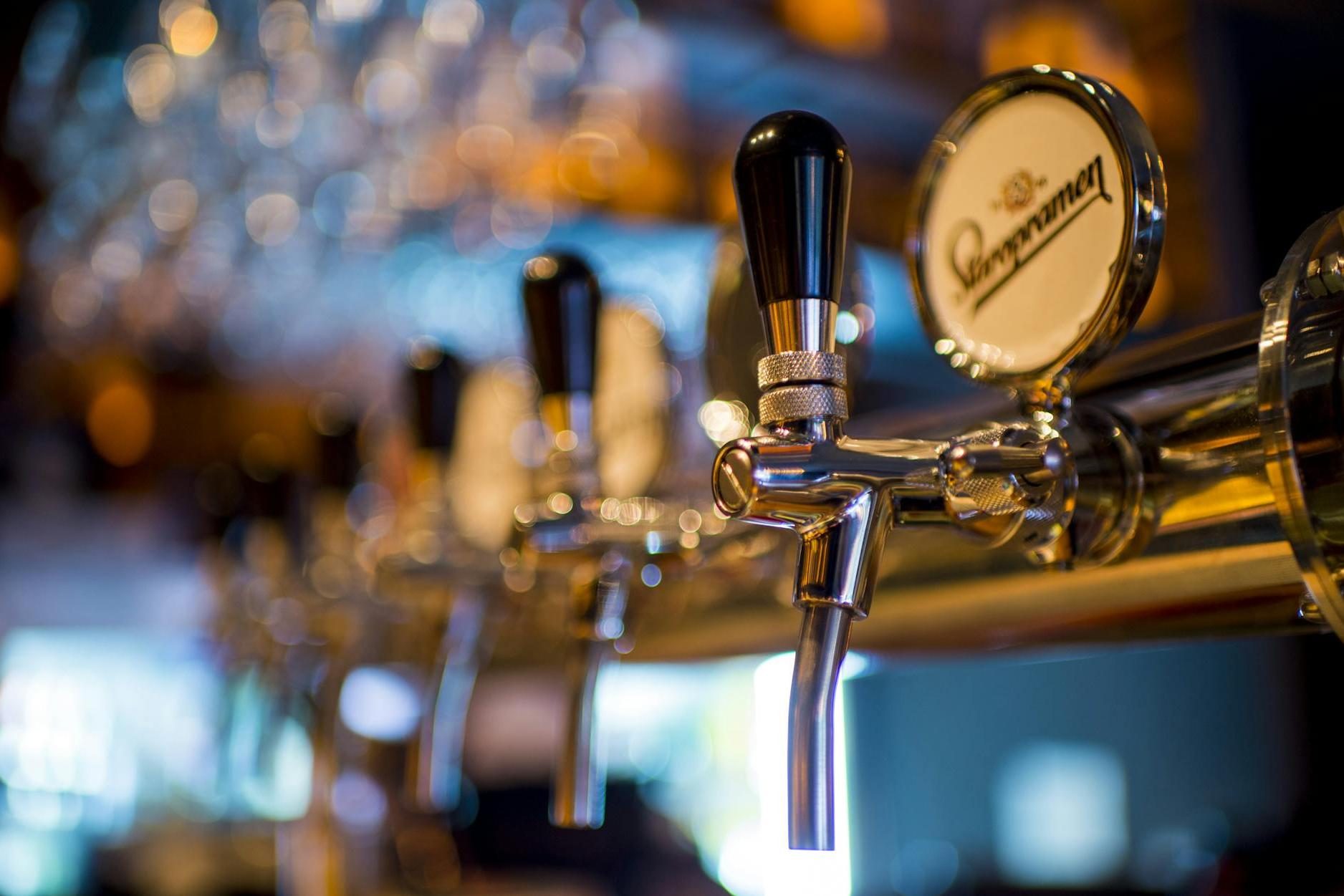- Shanghai Zhongshen International Trade Co., Ltd. - Two decades of trade agency expertise.
- Service Hotline: 139 1787 2118
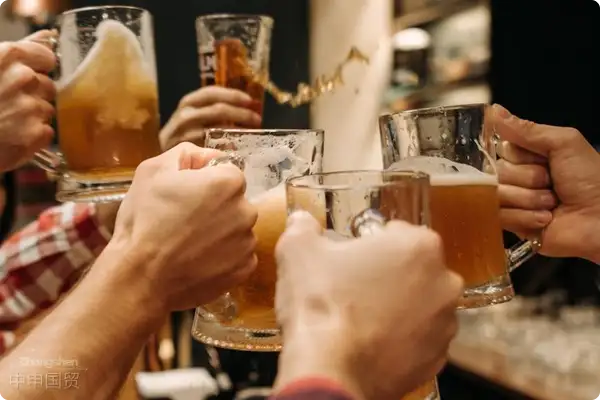
Contents
ToggleWhen Beer Meets Customs: The "Foam Pits" I've Stepped Into Over the Years
With 20 years of experience in the industry, I've witnessed too many importers facing the embarrassment of "bursting bubbles" during beer customs clearance. One client once shipped German dark beer frozen into ice blocks, only to have it returned due to packaging deformation during clearance. Another industry peer stumbled on the malt sugar level test for Belgian white beer, resulting in an entire container being stranded at the port for three months. Today, let's discuss how to ensure your imported beer "bubbles" smoothly.
Three hidden thresholds for beer imports
Don't be fooled by the clear liquor—these details are most likely to "go wrong" during customs inspection:
- Malt concentration detection deviation >0.5%: Laboratory test results inconsistent with declared values will trigger control measures
- The wine label "smuggles in personal content.": A certain brand was once deemed to have engaged in false advertising because its Chinese label claimed it could "prevent cardiovascular diseases."
- Packaging integrity verification: Cans with dents exceeding 3mm may be considered as unqualified transport packaging
Customs clearance five-step process: The fantastic drift from dock to dining table
- Certification "Triple Play":
- Imported food filing (30 working days in advance)
- Certificate of origin health certificate (must correspond to production date)
- Alcohol circulation license (required in some regions)
- The "magic formula" for tax calculation:
- Customs duty = CIF price × 14% (MFN rate)
- VAT = (CIF price + customs duty) ÷ (1-10%) × 13%
- Consumption tax = 250 yuan/ton (only for alcohol content >0.5%vol)
- The "Wordplay" of Label Filing: Must include 8 elements such as original wort concentration, country of origin, warning statements, etc.
Real case: The self-redemption of 500 cases of Belgian white beer
Last year we handled a typical case: An importers abbey beer was required to undergo unpacking inspection at Ningbo Port due toWooden pallets not fumigated, and more troublesome was that the accompanying test report lackedsulfur dioxide residueTarget. Finally completed through emergency reapplicationThird - party test report+On-site packaging rectification at the port, customs clearance was completed after incurring 86,000 yuan in demurrage fees. This million-dollar lesson: always think one step ahead of customs.
The "Song of Ice and Fire" in Cold Chain Transportation
- The golden temperature control range: 4-8°C (craft beer) vs 0-4°C (industrial lager)
- Dual-protection humidity monitoring: Maintain humidity between 65%-75% throughout
- Light-blocking transport technology: Using UV-blocking coated containers reduces light-induced deterioration risk by 35%
The customs officer's "three soul-searching questions"
When inspectors pick up your customs declaration, these three questions are guaranteed:
- How to prove the declared malt extract content?
- Is the alcohol fluctuation range within ±0.3% vol?
- Does the Chinese label cover all mandatory information from the original label?
Let me share a heartfelt piece of advice: importing beer is like falling in love—the more thorough the preparation in the early stages, the smoother the "daily life" later on. With a complete set of "identification documents" ready and a clear understanding of customs' "temperament and habits," you can effortlessly deliver fine brews from around the world into the glasses of Chinese consumers amid clinking toasts.
Related Recommendations
Category case
Get in Touch
Email: service@sh-zhongshen.com
Related Recommendations
Contact via WeChat

? 2025. All Rights Reserved. Shanghai ICP No. 2023007705-2  PSB Record: Shanghai No.31011502009912
PSB Record: Shanghai No.31011502009912
